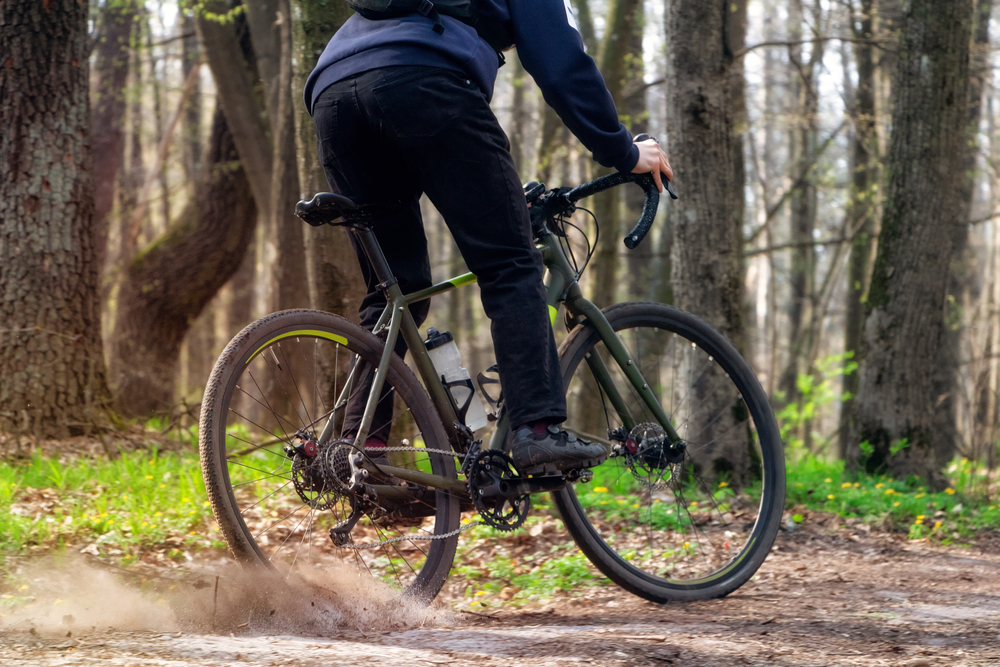Best Mountain Bike
Understanding Mountain Bikes
Mountain biking is an exhilarating sport that combines fitness and adventure. Choosing the right mountain bike is crucial for both beginners and experienced riders. Let’s delve into the key components and features that define the best mountain bikes available.
Frame Material
The bike frame is the skeleton of your ride. Manufacturers use various materials to build frames, each with pros and cons.
- Aluminum: Lightweight and rigid. Aluminum frames are affordable and provide a good balance of strength and weight.
- Carbon Fiber: Known for its lightness and strength. Carbon fiber frames are more expensive but offer enhanced performance.
- Steel: Durable and comfortable. Steel frames can absorb shocks better but are heavier.
- Titanium: Offers the strength of steel but is lighter and corrosion-resistant. It is also the most expensive.
Suspension Systems
Suspension plays a vital role in mountain biking. It improves comfort and control on rough terrains.
- Hardtail: These bikes have a suspension fork at the front but no rear suspension. They are lighter and efficient for climbing and cross-country riding. They also require less maintenance.
- Full Suspension: These bikes feature both front and rear suspension. They provide better control and comfort on rough terrains. However, they are heavier and may be more expensive.
Wheel Size
The wheel size impacts the bike’s handling, speed, and comfort. Here’s a breakdown of common sizes:
- 26-inch: Once the standard for all mountain bikes. These wheels are nimble and help in maneuverability, but they have largely been replaced by larger sizes.
- 27.5-inch: A popular choice for its balance between speed and agility. These wheels offer a comfortable ride without compromising on maneuverability.
- 29-inch: Known for their ability to roll over obstacles with ease. These wheels provide better traction and are great for long-distance rides.
Brake Systems
Braking systems ensure safety and control. Two primary types are commonly found on mountain bikes:
- Rim Brakes: Affordable and easy to maintain. However, they might not perform well in wet or muddy conditions.
- Disc Brakes: These can be mechanical or hydraulic. Disc brakes offer superior stopping power and performance in all weather conditions. Hydraulic disc brakes are more expensive but provide better modulation and control.
Gearing
Gearing systems impact your pedaling efficiency and effort. Modern mountain bikes offer a wide range of gearing options, helping riders tackle different terrains.
- Single-speed: Simplicity and low maintenance. Ideal for flat terrains and urban use.
- Multi-speed: Offers a range of gears for various terrains. Front and rear derailleurs allow for a broad selection of gears. Ideal for climbing steep hills or riding fast on flat stretches.
Tire Selection
Tires are crucial for traction and ride quality. The choice depends on the terrain you plan to ride:
- Cross-country (XC): Narrow and fast-rolling. Ideal for smooth trails and speed.
- Trail: Wider with larger knobs. These provide better grip and control on rough terrains.
- Downhill: Robust and wide with aggressive tread patterns. Designed for maximum grip on steep and rough descents.
Drivetrain
The drivetrain is the powerhouse of your bike. Modern mountain bikes use either a 1x or 2x drivetrain:
- 1x Drivetrain: One front chainring. Simpler, lighter, and requires less maintenance. Popular for its efficiency and ease of use.
- 2x Drivetrain: Two front chainrings. Offers a wider range of gears, which can be beneficial for varying terrains. Requires more maintenance but provides greater versatility.
Riding Styles and Bike Types
Let’s explore different mountain biking disciplines and the best bike types for each:
- Cross-country (XC): Emphasizes speed and endurance over long distances. XC bikes are light and efficient for climbing. They usually have a hardtail or minimal rear suspension.
- Trail: Versatile bikes designed for varied terrains. These bikes typically feature full suspension and balanced geometry for climbing and descending.
- All-Mountain/Enduro: Robust bikes designed for aggressive riding. They can handle challenging descents and technical climbs. Usually feature more suspension travel.
- Downhill: Built for extreme descents. These bikes have significant suspension travel and are designed to endure high impacts.
Fit and Sizing
Proper fit ensures comfort and control. Most manufacturers offer detailed sizing charts based on height and inseam measurements. It is essential to test ride different sizes to find the best fit.
Essential Accessories
Some gear can enhance safety, performance, and convenience:
- Helmet: A must-have for protection.
- Gloves: Improve grip and protect hands.
- Hydration pack: Ensures you stay hydrated on long rides.
- Repair kit: Essential for fixing flats and minor repairs on the trail.
Price Range
Mountain bikes can range from a few hundred to several thousand dollars. Entry-level bikes offer decent performance for beginners. Mid-range bikes provide advanced features, while high-end models focus on top-notch performance and lightweight materials.
Maintaining Your Mountain Bike
Regular maintenance keeps your bike in top condition:
- Clean and lubricate: Regularly clean the bike and lubricate the chain.
- Check tire pressure: Keep tires at the recommended pressure for optimal performance.
- Inspect brakes and gears: Ensure brakes and gears are functioning correctly before each ride.
- Service suspension: Follow the manufacturer’s guidelines for servicing the suspension system.


